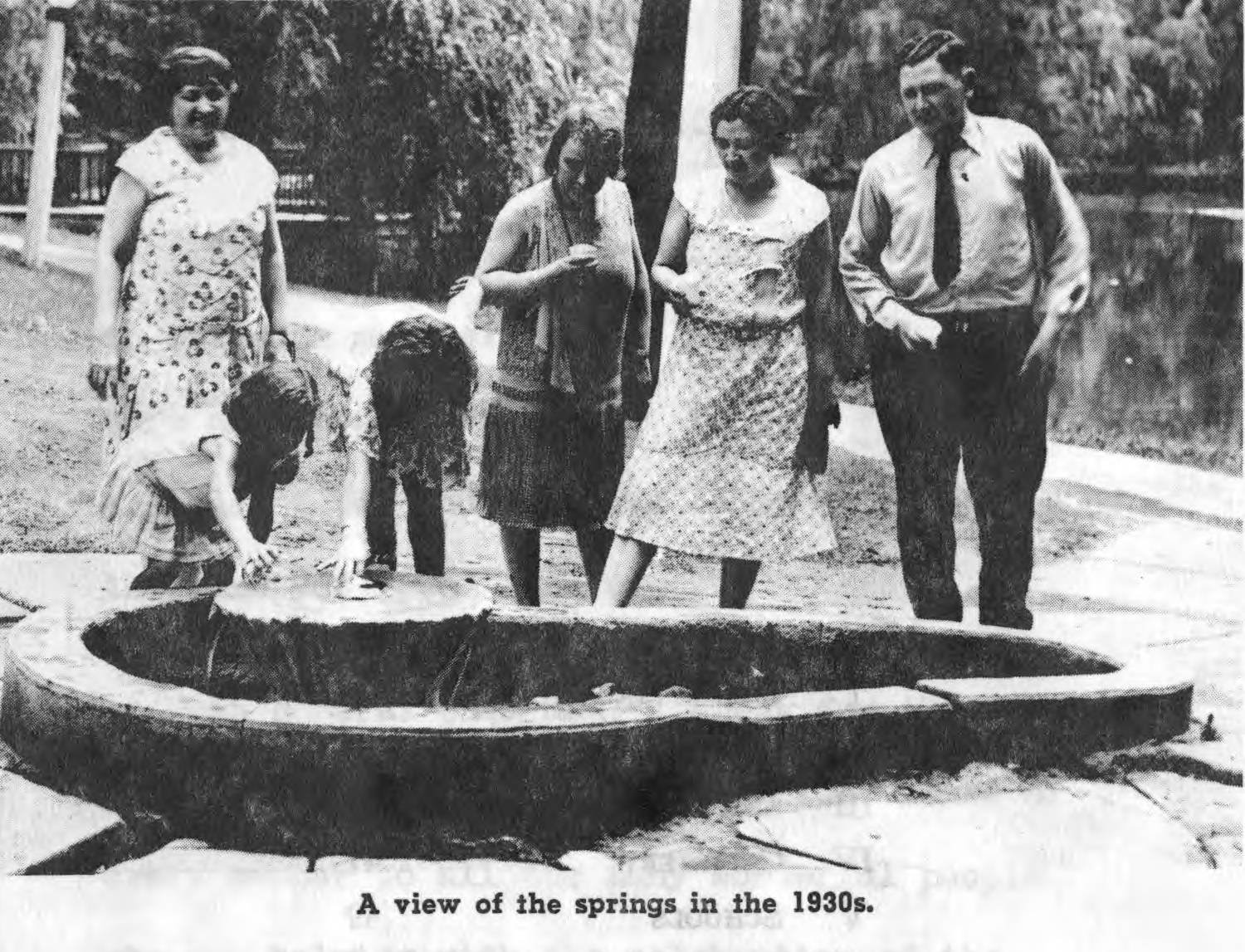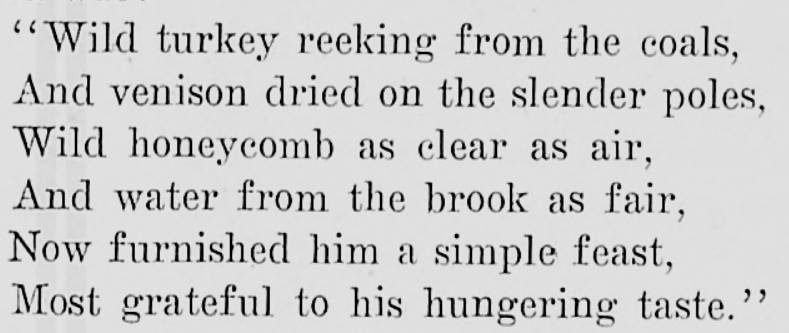(Line 5 from Emily Dickinson’s “This World is Not Conclusion”)
By Emily Rinaman, Technical Services Manager
This blog post is written in conjunction with the Christopher D. English Foundation Speakers Series
English class, also known as “Language Arts” is not a popular favorite course when asking today’s students. The thought of composing an essay doesn’t appeal to the vast majority. Many people like to succinctly write what they want to say about a matter and move on. Perhaps that’s one reason why, long before social media and photographs, it was part of society to write creatively in the form of poems, sonnets, and prose. At a time when cars and planes were not available to quickly transport people or telephones used to talk to someone, those separated from one another for lengthy periods of time wrote letters to stay in touch. Feelings were expressed more eloquently and thoughtfully, which is perhaps why it became known as the “art of language.”
There are many different forms of creative writing and dozens, if not hundreds, of examples can be found on historical items in the Seneca County Digital Library. Poems, jokes and short stories with punchlines were the norm in just about every yearbook and student newspaper. Original dedications were addressed at many social events or in publications celebrating them, such as hometown centennials.
In the “History of Bettsville,” an older resident recalls childhood memories when the town had been much different.
“There was an oil lamp on every corner, that was all we had for light.
“When some kid was good with a sling shot, then that street was dark all night.”
The Springs at Green Springs, Ohio has been a very scenic, contemplative place, a perfect setting for a descriptive poem.
This is a very straightforward poem with it’s clear rhyming scheme. However, poems can be as simple or as complex as the writer desires.
In “History of Eden Township and Melmore” the author pleads the readers to “come, taste the Melmorean springs, possess the Melmorean lands.” This poem, which describes Melmore in such a fashion that one would almost have to be out of his or her mind to care to live anywhere else, is a “pastoral poem.” These poems paint a pictures of rural life, landscapes and the natural world.
Other poems use “imagery,” or figurative language. These poems, with their vivid descriptions, make the reader feel as if he or she has been injected into the poem. A deceased Green Springs native wrote the “Poem of Springs” for the Green Springs Centennial, helping the reader tune into the senses of sight and sound to imagine themselves at the natural springs:
“In the morning how the red birds through the echoing woods are calling,
Whistling music to murmur of the cool green water falling.
How the flowers seem to listen, drooping in the drowsy noon,
to the sleepy, sleepy rhythm of the springs’ insistent tune.”
Native American poetry was often chanted to the beat of a drum or rattle. This short poem joins others in the Pathfinder, a Native American publication on the Seneca County Digital Library.
Poems can drastically vary in length. While those poems dedicated to pockets within Seneca County are short, a former Junior Home resident wrote an epic about the Sandusky River. Epics are a type of narrative poem which tells a story with characters and adventures from the distant past. They are almost like a novel, except in measured meters. The author of “On the Sandusky”, Gertrude Umsted Gooding, walks the reader through the history of the Sandusky River valley from the time of the ice age to modern man. She pays homage in several stanzas to the native peoples who first lived in the area before Europeans arrived.
“Almost three hundred years passed by before the white man came to the banks of our little river with its historic Indian name,” Umsted states. Later, she walks the readers through the formation of Tiffin:
“The founders of these two villages,
Hedges and Spencer by name,
Each wishing the other would take himself
Back from whence he came.”
Poems not only highlight places and groups of people, but can be written in honor of particular individuals. This style of poetry is called an “elegy” and were often spoken at funerals or carved into tombstones as “epitaphs.” In a short booklet of poems by Junior Home kids, is a poem dedicated to “Dad” Kernan, who operated the home for many years. “Urging, but patient, he guided each one, each individual daughter and son; cheered us in failure, rejoiced when we won; walked with us, talked with us shared joy and sorrow; played with us, prayed with us, gave strength for tomorrow.
Not all poetry is so clean and boastful, however. When poets use something called “dissonance,” (inharmonious sounds and uneven rhythms), they are intending to catch the readers off guard. The Young America Sings National High School Poetry Association was program founded by Dennis Hartman of Los Angeles in 1937 and continued until the early 1980s. High school and junior high school faculty submitted the poetic works of their students, which were published in a book. One wonders what Mrs. R. Van Buren from Tiffin Middle School thought as she submitted student Victor Focht’s piece called “Dishwashing.”
“Dishwashing is a nice chore, that is if you like to
Stand and stand and scrub and scrub,
Until the things are clean once more.”
This is an excerpt from the “Forest Rangers,” a ballad-style poem included in the Seneca County History Volume I. Written in 1842 by Judge Andrew Coffinberry, who lived in Tiffin for many years, it chronicles the history of the area.
Where dissonance keeps a reader on his or her toes, consonance, on the other hand, is so predictable it may pacify the reader. Consonance is a repetition of sounds. General William H. Gibson, a Tiffinite who lead troops in the Civil War, had written a poem upon graduating from Ashland University. There are five stanzas to the poem that all have the same line, “Forget thee, Ashland?” followed by all the reasons he would never forget such a beloved place.
Another event garnering another local individual to write a related piece was for an annual banquet held in honor of the Seneca County Bar Association. Judge William Lang wrote a poking but tactful ode that mentioned every single lawyer in Tiffin at the time. Odes, like his piece, are written to praise someone or something in a ceremonial manner.
Before weaving all 32 surnames into his poem, Lang testifies:
“Whenever ye in business counsel need,
or need another in your cause to plead,
And ye in custody, and charged with crime,
And ye whose creditors no prose or rhyme,
Can soothe – and ye whose debtors stubborn be,
(Provided you always come with a fee.)
Poems, and any form of creative writing, can be anything the writer desires. Some poems are simple passing thoughts or observations, others reveal the inner turmoil that the writer may be experiencing. Many tell a story. It’s an art form that anyone has the ability to do, as many Seneca County residents over time have proven. Only a select few are portrayed here but several others on the Seneca County Digital Library can provide inspiration to compose one’s own.
Works cited:
Baughman, A.J. Seneca County History Volume 1. https://ohiomemory.org/digital/collection/p15005coll27/id/17316
Baughman, A.J. Seneca County History Volume 1. https://ohiomemory.org/digital/collection/p15005coll27/id/17078
Bigger, David Dwight. Ohio’s Silver-Tongued Orator. https://ohiomemory.org/digital/collection/p15005coll27/id/39307
Durrett, John. History of Bettsville. https://ohiomemory.org/digital/collection/p15005coll27/id/29643
Green Springs Centennial (1972). Seneca County Digital Library. https://ohiomemory.org/digital/collection/p15005coll27/id/29439
Hartman, Dennis. Young America Sings National High School Poetry Association 1958-1959. https://ohiomemory.org/digital/collection/p15005coll27/id/50822
History of Eden Township and Melmore. https://ohiomemory.org/digital/collection/p15005coll27/id/29665
Junior Homekid Poems by Kitty. https://ohiomemory.org/digital/collection/p15005coll27/id/47690
Peddicord, Lura. Green Springs Ohio Centennial. https://ohiomemory.org/digital/collection/p15005coll27/id/29438
“Poetry 101: Learn about Poetry and Different Types of Poems.” Master Class. Aug. 31,
2022. https://www.masterclass.com/articles/poetry-101-learn-about-poetry-different-types-of-poems-and-poetic-devices-with-examples
Umsted, Gertrude. “Our Own Sandusky”. Early State and Local History. 1915. Dolly Todd Madison Chapter, Daughters of the American Revolution. https://ohiomemory.org/digital/collection/p15005coll27/id/50428
Seneca County Digital Library. https://ohiomemory.org/digital/collection/p15005coll27/search



